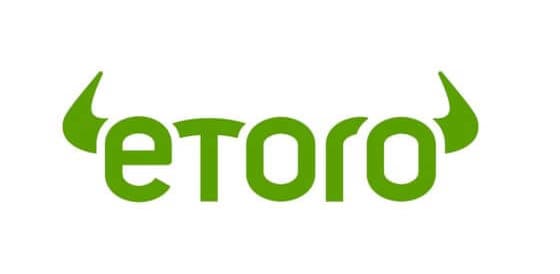Swiss Banking Giant, PostFinance, to Enable Bitcoin Trading by 2024
Please note that we are not authorised to provide any investment advice. The content on this page is for information purposes only.
Despite the continued bear market and shaky investor confidence, the crypto market continues to experience massive adoption. PostFinance, one of Switzerland’s largest banking institutions, has signalled that it would allow its customers to hold crypto in the coming months.
Crypto Welcome at PostFinance
Earlier this week, local news source SwissInfo confirmed that PostFinance, Switzerland’s fifth-largest bank by customer base, would allow its 2 million plus customers to begin holding and trading cryptocurrencies by 2024. The news source explained that PostFinance desires to appeal to a broader customer base while bolstering its business offering.
PostFinance is Switzerland’s fifth-largest bank and the official retail banking arm of the Swiss government-backed post office. Speaking with SwissInfo, PostFinance’s head of retail banking, Sandra Lienhart, explained that they plan to provide access for its 2.7 million customers to invest in cryptocurrency, enabling them to enter the crypto market through a trusted platform that connects their cryptocurrencies with their bank accounts.

Although the bank’s acceptance of crypto appears to be a step in the right direction, the performance of the crypto market times provides cause for caution. Over the past six months, the crypto market has fallen from holding a market capitalisation of $2.2 trillion to just $880 billion. At the same time, most large-cap coins have suffered double-digit losses as continued pressure from the traditional economy mounts.
While analysts understand this is just a phase, the prevalent opinion remains that we might have entered a bear market that would require years to diminish. Investor sentiment is also mixed, and PostFinance might find a lesser-than-expected adoption rate for its crypto service when it launches in the next 18 months.
Crypto’s Shining Hill in Europe
Switzerland has always been one of the most forward-thinking banking nations. At the same time, the country’s banks have also been known to move quickly when embracing innovations – including cryptocurrencies.
However, while the private banks have been quick to move towards cryptocurrency adoption, the government has been quite slow in its resolve to do the same. After commissioning the Project Helvetica central bank digital currency (CBDC) initiative in 2021, the Swiss National Bank (SNB) only just completed the project’s second phase in January this year. At the time, the SNB and its partner banks confirmed that they had integrated a wholesale CBDC into the current bank-office systems and processes of five of its largest international banks, including Goldman Sachs, Credit Suisse, Citi, and UBS.

At the same time, Swiss regulators also want to restrict banks’ exposure to digital assets.
Recently, the Basel Committee – an international financial regulator based in Basel, Switzerland – suggested during its second consultation on prudent crypto exposures that all banks within its jurisdiction limit their exposure to “Group 2 assets” to just 1% of their capital base.
According to the Committee, “Group 1 digital assets” are tokenised traditional assets – such as synthetic stocks and regulated stablecoins. “Group 2 digital assets” are any cryptocurrencies that don’t meet the above requirements – including Bitcoin and other Bitcoin alternatives. The suggestion meant that banks could only commit 5% of their equity or net assets in any position in Group 2 digital assets – whether short or long.
A move like that could limit the ability of Swiss banks to invest in crypto long-term, especially when they are confident of market outcomes.
Buy Crypto at eToro from just $50 Now!





